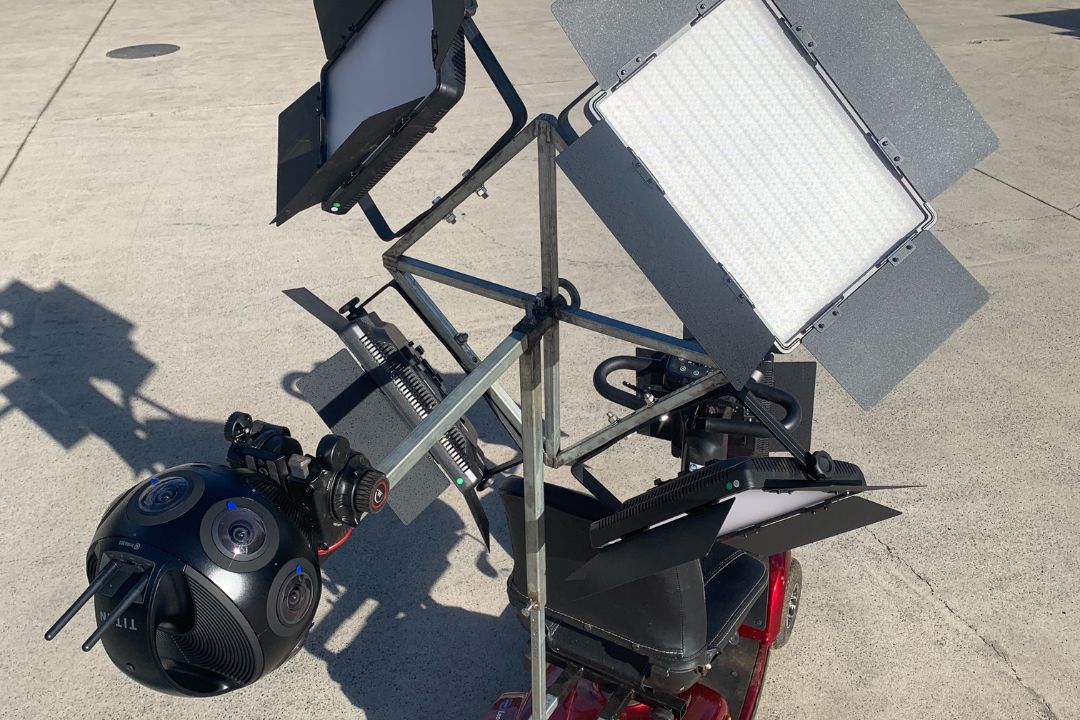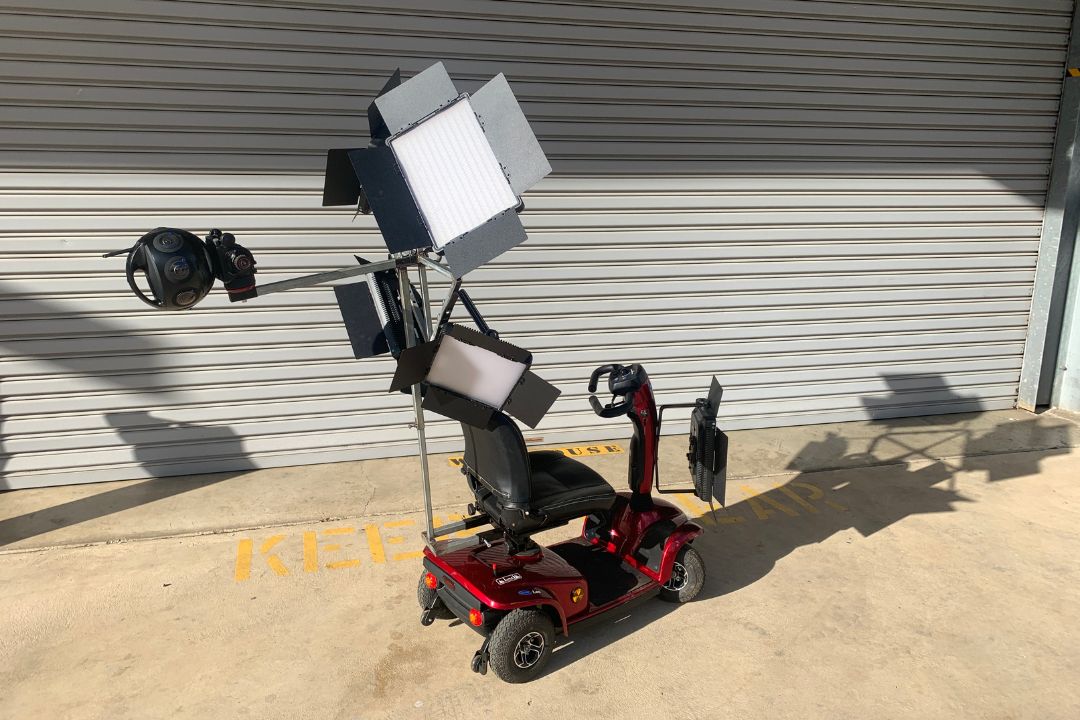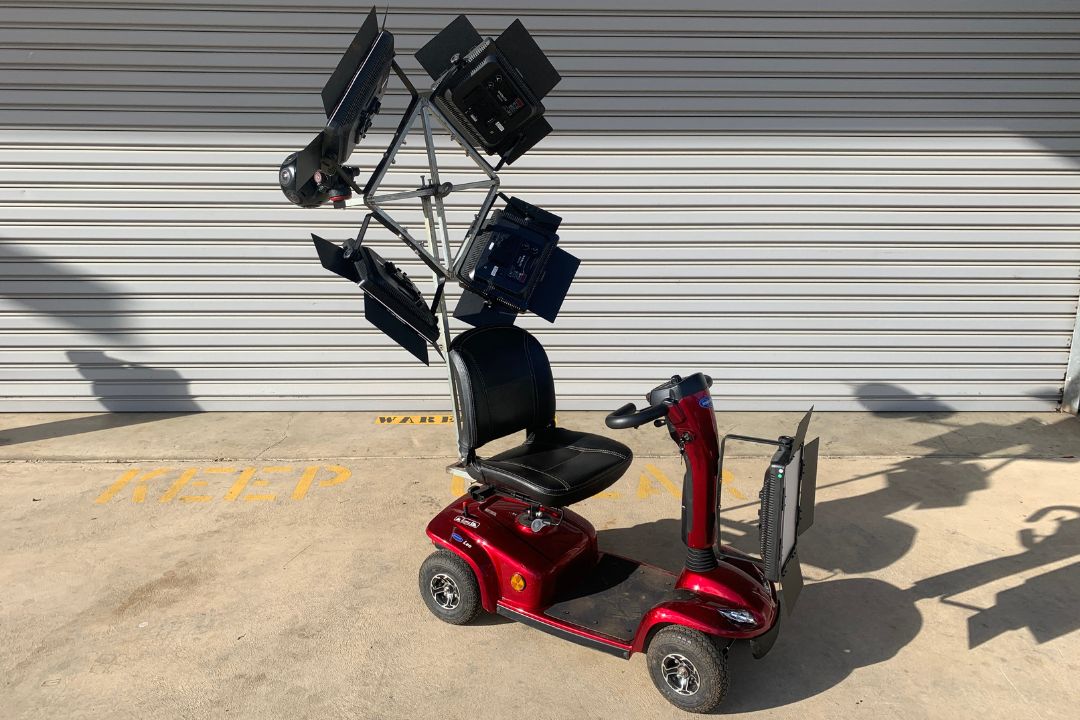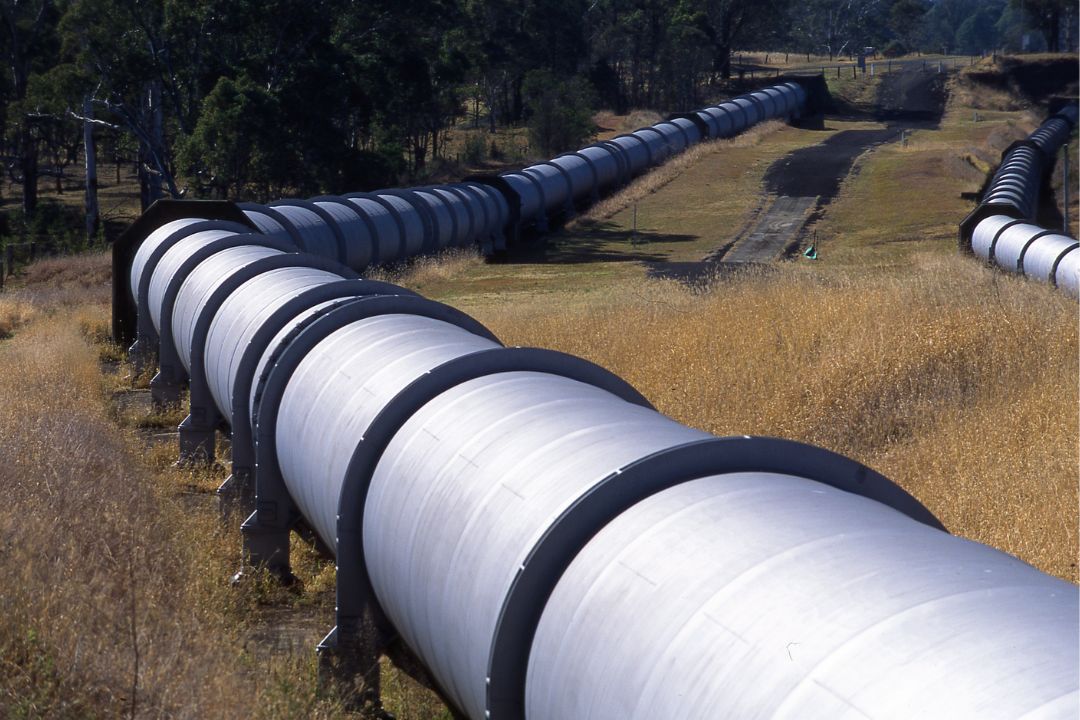Modified mobility scooter ideal inside pipeline
A prototype vehicle designed and manufactured by WaterNSW is bringing greater safety and efficiency to the task of inspecting the Warragamba Dam pipelines supplying 80% of Sydney’s untreated water.
A modified mobility scooter equipped with high-tech video camera can inspect as much pipeline in two days as would have previously taken a team of 10 up to two weeks, while reducing the exposure to confined spaces risk.
Built using off-the-shelf technology and able to be disassembled and lowered into place via manholes, the device is ideally suited to drive on the pipes’ curved, smooth interior.
The vehicle was designed and built by WaterNSW asset team members at Warragamba Dam after trials involving drones and other crawling devices proved unsuited to the task.
Driven by one operator, with a similar safety vehicle as back-up, the unit’s 360-degree video images of the pipe interior can be reproduced in 3D if any faults or maintenance actions are identified, to better understand the required repairs.
The device recently completed a comprehensive examination of 8km of pipeline in two days, a task which would have previously taken up to 10 people working in the pipe almost constantly for a fortnight.
The 27-kilometre long twin pipelines move water from Warragamba Dam to Prospect Reservoir. Inspection and maintenance of the pipes’ interior are carried out in winter when water demand is lower.




Related links
Published date: 19 July 2023
WaterNSW acknowledges the traditional custodians of the lands and waters on which we work and pay our respects to all elders past, present and emerging. Learn more
